A GNN Approach for Turn-Level Traffic Prediction: Dynamic Relation Awareness and Hypergraph Modeling
DOI: 10.23977/jeis.2024.090208 | Downloads: 46 | Views: 2225
Author(s)
Haoyang Duan 1, Feihu Jiang 1
Affiliation(s)
1 School of Computer Science and Technology, USTC, Hefei, China
Corresponding Author
Haoyang DuanABSTRACT
It cannot be emphasized too much to predict traffic flow accurately in modern intelligent transportation systems. Though big progress has been made, few works focus on the turn-level traffic flow prediction, which is important to inspect fine-grained urban traffic dynamics closely. In this work, we develop a GNN (Graph Neural Network) approach built upon Dynamic Relation Awareness and Hypergraph modeling toward turn-level traffic flow prediction, namely DrahGNN. First, we construct a dynamic graph sequence where each snapshot denotes a turn-level traffic flow picture on top of a real-world road network. Second, we innovate a relation-aware spatiotemporal diffusion convolution network to capture road segments’ differences and relatedness explicitly. Third, we construct a hypergraph in each time frame to capture high-order and manifold correlations between road segments and design an attentive two-stage message-passing mechanism for aggregating infor- mation from non-directly connected nodes. We conduct empirical studies on real-world data which demonstrate the effectiveness of our proposed framework.
KEYWORDS
Turn-level Traffic Flow Prediction, Relation-aware Diffusion Convolution, Hypergraph LearningCITE THIS PAPER
Haoyang Duan, Feihu Jiang, A GNN Approach for Turn-Level Traffic Prediction: Dynamic Relation Awareness and Hypergraph Modeling. Journal of Electronics and Information Science (2024) Vol. 9: 68-79. DOI: http://dx.doi.org/10.23977/10.23977/jeis.2024.090208.
REFERENCES
[1] Fang, M., Tang, L., Yang, X., Chen, Y., Li, C., Li, Q.: Ftpg: A fine-grained traffic prediction method with graph attention network using big trace data. IEEE Transactions on Intelligent Transportation Systems 23(6), 5163–5175 (2021).
[2] Kan, Z., Tang, L., Kwan, M.P., Ren, C., Liu, D., Li, Q.: Traffic congestion analysis at the turn level using taxis’ gps trajectory data. Computers, Environment and Urban Systems 74, 229–243 (2019).
[3] Liu, W., Zheng, Y., Chawla, S., Yuan, J., Xing, X.: Discovering spatio-temporal causal interactions in traffic data streams. In: Proceedings of the 17th ACM SIGKDD international conference on Knowledge discovery and data mining. pp. 1010–1018 (2011).
[4] Lippi, M., Bertini, M., Frasconi, P.: Short-term traffic flow forecasting: An experimental comparison of time-series analysis and supervised learning. IEEE Transactions on Intelligent Transportation Systems 14(2), 871–882 (2013).
[5] Li, Y., Shahabi, C.: A brief overview of machine learning methods for short-term traffic forecasting and future directions. Sigspatial Special 10(1), 3–9 (2018).
[6] Yao, H., Tang, X., Wei, H., Zheng, G., Li, Z.: Revisiting spatial-temporal similarity: A deep learning framework for traffic prediction. In: Proceedings of the AAAI conference on artificial intelligence. vol. 33, pp. 5668–5675 (2019).
[7] Yao, H., Wu, F., Ke, J., Tang, X., Jia, Y., Lu, S., Gong, P., Ye, J., Li, Z.: Deep multi-view spatial-temporal network for taxi demand prediction. In: Proceedings of the AAAI conference on artificial intelligence. vol. 32 (2018).
[8] Zhang, J., Zheng, Y., Qi, D.: Deep spatio-temporal residual networks for citywide crowd flows prediction. In: Proceedings of the AAAI conference on artificial intelligence. vol. 31 (2017).
[9] Zhang, J., Zheng, Y., Qi, D., Li, R., Yi, X.: Dnn-based prediction model for spatiotemporal data. In: Proceedings of the 24th ACM SIGSPATIAL international conference on advances in geographic information systems. pp. 1–4 (2016).
[10] Li, Y., Yu, R., Shahabi, C., Liu, Y.: Diffusion convolutional recurrent neural network: Data-driven traffic forecasting. arXiv preprint arXiv:1707.01926 (2017).
[11] Wu, Z., Pan, S., Long, G., Jiang, J., Zhang, C.: Graph wavenet for deep spatialtemporal graph modeling. arXiv preprint arXiv:1906.00121 (2019).
[12] Yu, B., Yin, H., Zhu, Z.: Spatio-temporal graph convolutional networks: A deep learning framework for traffic forecasting. arXiv preprint arXiv:1709.04875 (2017).
[13] Lan, S., Ma, Y., Huang, W., Wang, W., Yang, H., Li, P.: Dstagnn: Dynamic spatialtemporal aware graph neural network for traffic flow forecasting. In: International Conference on Machine Learning. pp. 11906–11917. PMLR (2022).
[14] Li, M., Zhu, Z.: Spatial-temporal fusion graph neural networks for traffic flow forecasting. In: Proceedings of the AAAI conference on artificial intelligence. vol. 35, pp. 4189–4196 (2021).
[15] Song, C., Lin, Y., Guo, S., Wan, H.: Spatial-temporal synchronous graph convolutional networks: A new framework for spatial-temporal network data forecasting. In: Proceedings of the AAAI conference on artificial intelligence. vol. 34, pp. 914– 921 (2020).
[16] Rusch, T.K., Bronstein, M.M., Mishra, S.: A survey on oversmoothing in graph neural networks. arXiv preprint arXiv:2303.10993 (2023).
[17] Wu, J., Qi, Q., Wang, J., Sun, H., Wu, Z., Zhuang, Z., Liao, J.: Not only pairwise relationships: Fine-grained relational modeling for multivariate time series forecasting. In: IJCAI (2023).
[18] Cho, K., Van Merri¨enboer, B., Gulcehre, C., Bahdanau, D., Bougares, F., Schwenk, H., Bengio, Y.: Learning phrase representations using rnn encoder-decoder for statistical machine translation. arXiv preprint arXiv:1406.1078 (2014).
[19] Hamilton, J.D.: Time series analysis. Princeton university press (2020).
[20] Hochreiter, S., Schmidhuber, J.: Long short-term memory. Neural computation 9(8), 1735–1780 (1997).
[21] Guo, S., Lin, Y., Feng, N., Song, C., Wan, H.: Attention based spatial-temporal graph convolutional networks for traffic flow forecasting. In: Proceedings of the AAAI conference on artificial intelligence. vol. 33, pp. 922–929 (2019).
[22] Deng, J.J., Leung, C.H.: Dynamic time warping for music retrieval using time series modeling of musical emotions. IEEE transactions on affective computing 6(2), 137–151 (2015).
[23] Kipf, T.N., Welling, M.: Semi-supervised classification with graph convolutional networks. arXiv preprint arXiv:1609.02907 (2016).
[24] Maganioti, A.E., Chrissanthi, H.D., Charalabos, P.C., Andreas, R.D., George, P.N. and Christos, C.N. (2010) Cointegration of Event-Related Potential (ERP) Signals in Experiments with Different Electromagnetic Field (EMF) Conditions. Health, 2, 400-406.
[25] Panaretos, V.M., Zemel, Y.: Statistical aspects of wasserstein distances. Annual review of statistics and its application 6, 405–431 (2019).
[26] Vashishth, S., Sanyal, S., Nitin, V., Talukdar, P.: Composition-based multirelational graph convolutional networks. arXiv preprint arXiv:1911.03082 (2019).
[27] Schlichtkrull, M., Kipf, T.N., Bloem, P., Van Den Berg, R., Titov, I., Welling, M.: Modeling relational data with graph convolutional networks. In: The Semantic Web: 15th International Conference, ESWC 2018, Heraklion, Crete, Greece, June 3–7, 2018, Proceedings 15. pp. 593–607. Springer (2018).
[28] Zhou, D., Huang, J., Sch¨olkopf, B.: Learning with hypergraphs: Clustering, classification, and embedding. Advances in neural information processing systems 19 (2006).
[29] Feng, Y., You, H., Zhang, Z., Ji, R., Gao, Y.: Hypergraph neural networks. In: Proceedings of the AAAI conference on artificial intelligence. vol. 33, pp. 3558– 3565 (2019).
[30] Ding, K., Wang, J., Li, J., Li, D., Liu, H.: Be more with less: Hypergraph attention networks for inductive text classification. arXiv preprint arXiv:2011.00387 (2020).
| Downloads: | 13848 |
|---|---|
| Visits: | 586485 |
Sponsors, Associates, and Links
-
Information Systems and Signal Processing Journal
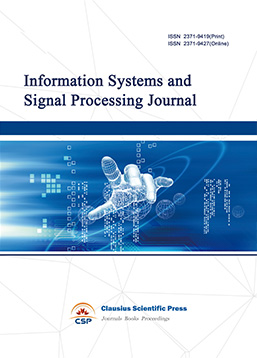
-
Intelligent Robots and Systems
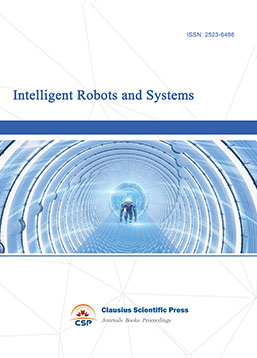
-
Journal of Image, Video and Signals
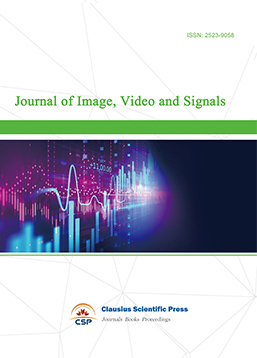
-
Transactions on Real-Time and Embedded Systems
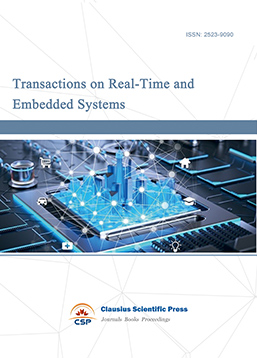
-
Journal of Electromagnetic Interference and Compatibility
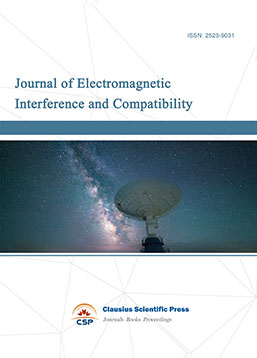
-
Acoustics, Speech and Signal Processing
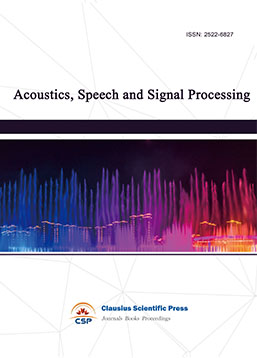
-
Journal of Power Electronics, Machines and Drives
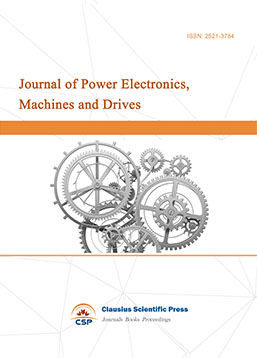
-
Journal of Electro Optics and Lasers
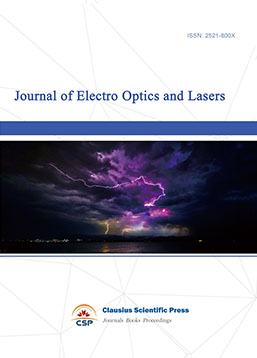
-
Journal of Integrated Circuits Design and Test
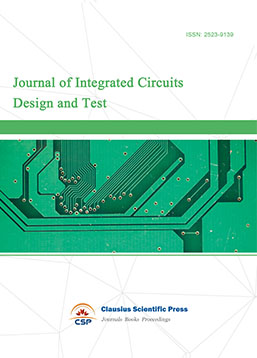
-
Journal of Ultrasonics
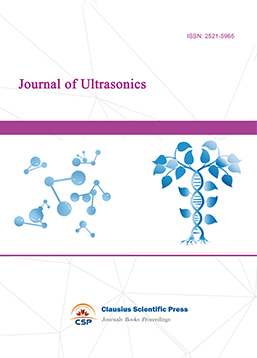
-
Antennas and Propagation
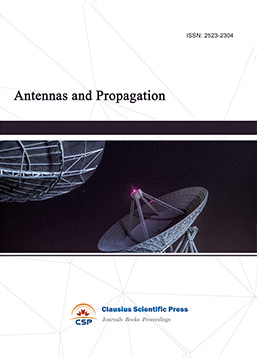
-
Optical Communications
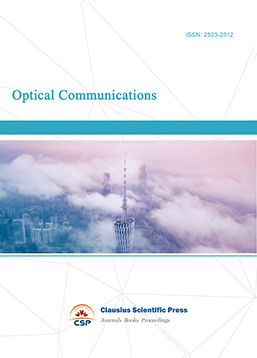
-
Solid-State Circuits and Systems-on-a-Chip
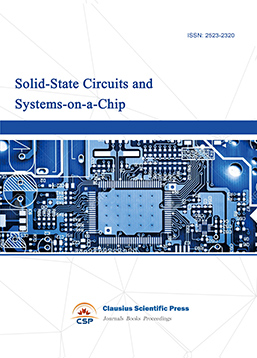
-
Field-Programmable Gate Arrays
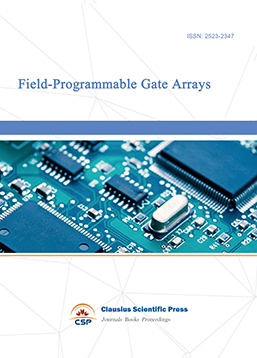
-
Vehicular Electronics and Safety
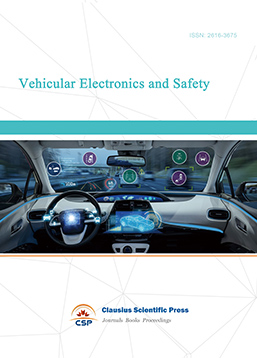
-
Optical Fiber Sensor and Communication
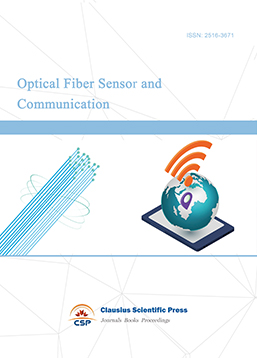
-
Journal of Low Power Electronics and Design
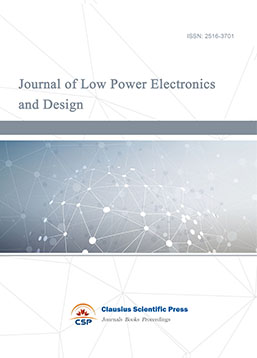
-
Infrared and Millimeter Wave
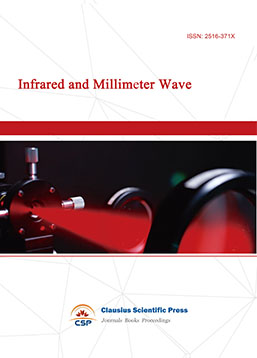
-
Detection Technology and Automation Equipment
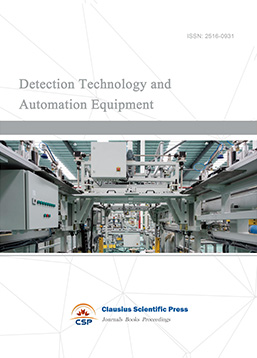
-
Journal of Radio and Wireless
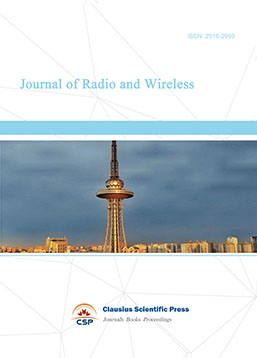
-
Journal of Microwave and Terahertz Engineering
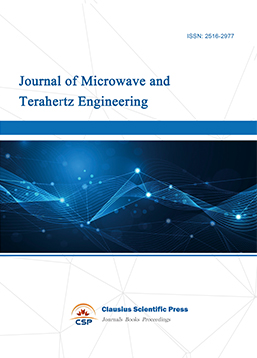
-
Journal of Communication, Control and Computing
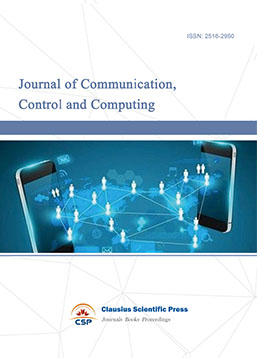
-
International Journal of Surveying and Mapping
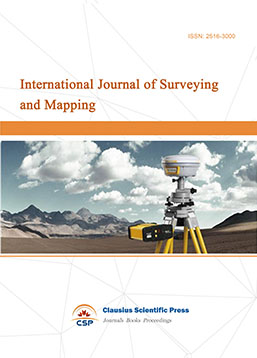
-
Information Retrieval, Systems and Services
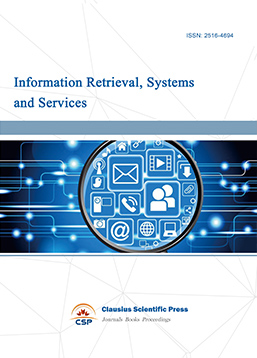
-
Journal of Biometrics, Identity and Security
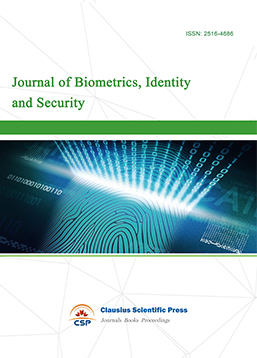
-
Journal of Avionics, Radar and Sonar
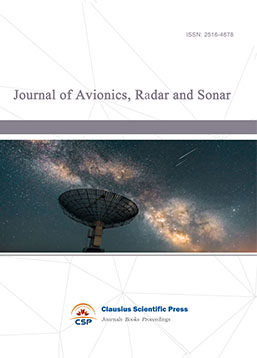

 Download as PDF
Download as PDF